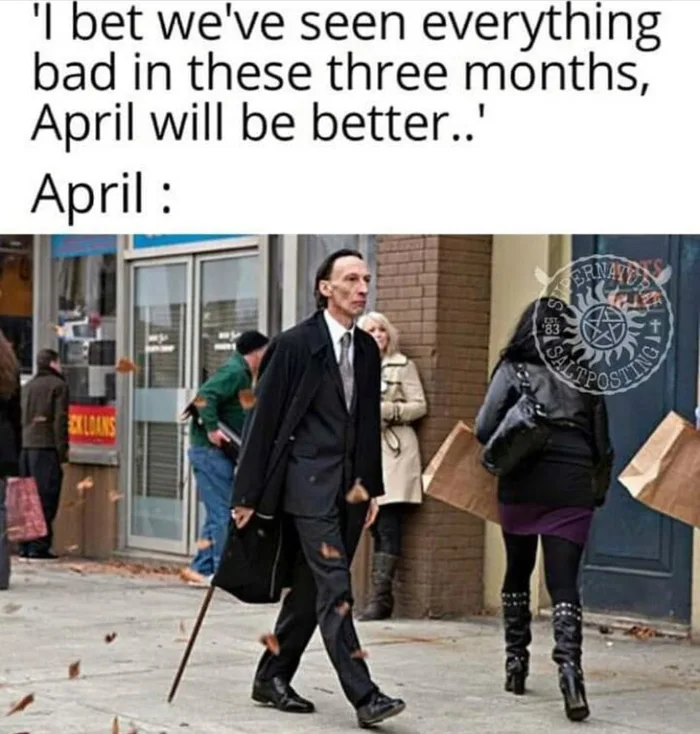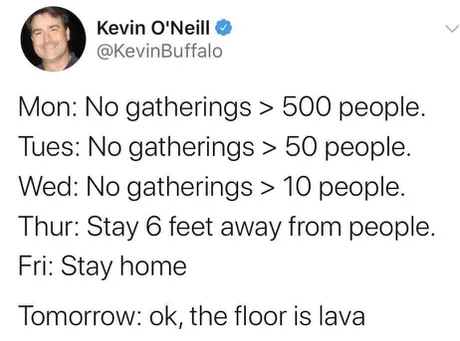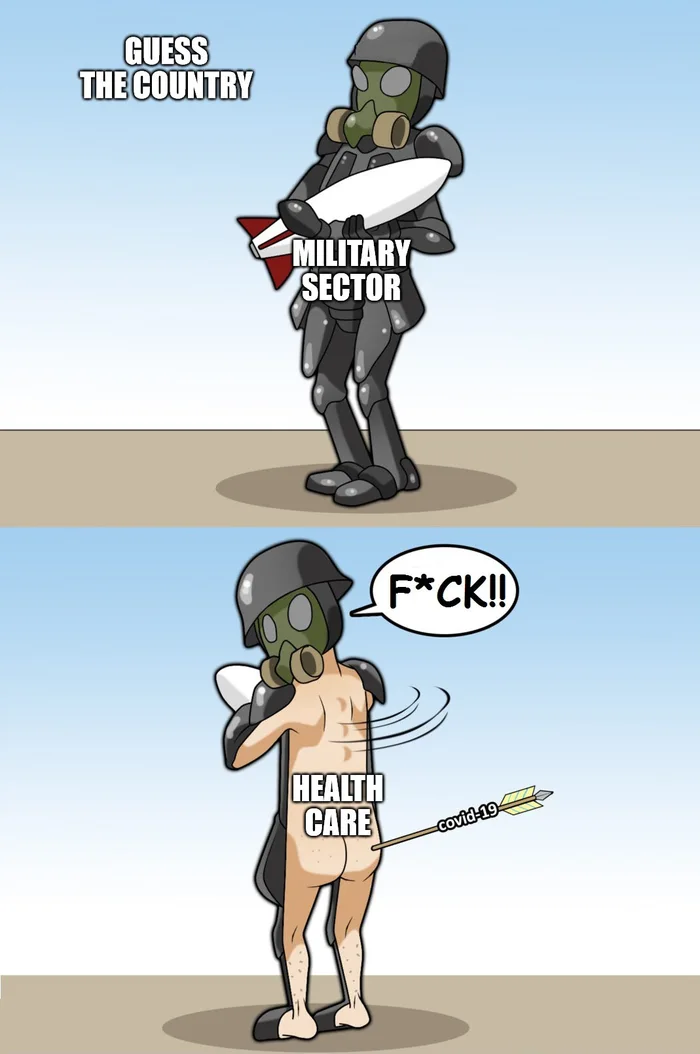.
(This is one of the topics a whole book could be written about, but I will try to shrink it to blog post size.)
Skirmishers are well documented since antiquity. Their contributions were likely overlooked by many contemporary authors because skirmishers had no high social standing. This is similar to how some authors pretended that medieval battles were just a class of a couple hundred or thousand knights each, when typically each knight represented a "lance" (a small group comprised by the knight and his followers).
 |
| a peltast (javelineer) |
We have decent documentation of skirmishers from the actions of Iphicrates and Xenophon, though. Skirmishers of antiquity were often poor citizens who could not afford a heavy infantryman's kit or even slaves who followed their masters into battle and helped out with minimal kit.
The Roman Republic divided its citizens by their wealth (income) and the poorest ended up serving in skirmisher units; mostly slingers and javelineers.
Skirmishers in antiquity were thus borne out of economic restriction and not necessarily always used for their effectiveness. Some such light troops / skirmishers were recruited as mercenaries, though (Balearic and Rhodian slingers or Cretan archers, for example). Such mercenaries were respected for their skill and apparently employed because of their cost efficiency. Moreover, Xenophon's expedition showed that light troops had a unique selling proposition: They were good at providing security, especially at climbing hills ahead and left and right of the army's march in order to avoid ambushes or harassing fires from them (compare
Battle of Lake Trasimene).
The preferred Hellenic battle tactic before Philipp II was to set up two long phalanx lines and clash frontally with the enemy (with notable exception especially of the Battle of Leuctra with the famous oblique order that was later famously revived by Frederick II). The task of skirmishers was to harass and weaken with missiles. They used the lighter weight of their equipment for greater tactical mobility and thus the ability to avoid melee combat. Heavy skirmishers such as the later Roman Velites were also capable of decent performance in melee combat, but at most as addition to closed order tactics of the heavy infantry. Rarely did skirmishers compose the main effort in battle and as far as I know did
there was but one well-documented battle in which skirmishers defeated a heavy infantry army without other arms doing the most of the job.
I have never found a mathematical way to express the dynamics of skirmishing in the Hellenic periods era in a useful way.
Parthian light (horse archer) cavalry practised a different kind of skirmishing. Their high value shock force (knight-like armoured lance cavalry) was best-used against hostile heavy infantry when it was not in good (closed) order. The light forces (light missile cavalry) thus attacked over and over again mainly to shape the battlefield for the shock forces. They injured, killed and despaired the enemy (Roman legionaries) to shape the battlefield for successful attacks by armoured lance cavalry.
I have not found a similar battlefield-shaping focus of skirmishing in Hellenic or Roman battles, though skirmishers always had the potential to entice an enemy into making an offensive move when it wouldn't prefer it otherwise.
Now fast forward to the 18th century and Napoleonic era. The skirmishers of this era were very different from antiquity. Moreover, the equipment of foot skirmishers of this era wasn't more lightweight than the equipment of line infantry. In fact, the Napoleonic era saw parts of the line infantry getting dispatched to serve as skirmishers. Skirmishing had become a tactic rather than an equipment issue.
The dominant factor behind the foot skirmishing of this era (and to some extent the Hussars' skirmishing) appears to have been the nature of closed order formations and the poor accuracy (and especially high dispersion) of most firearms.
 |
| Infantry in closed (linear) order (here grenadiers = relatively tall men) |
The infantry of the era was employed in linear order (usually three ranks deep, but everything from two to six ranks were employed from late 17th century to Napoleonic era with three ranks being typical in the 2nd half of 18th century). This extreme discipline was rooted in an effort to maximise firepower with quick loading and firing when the blackpowder smoke of the previous salvo was gone. Such formations of hundreds of men in essentially 1.70 m by dozens of metres were easy targets even for inaccurate smoothbore muskets provided the shot wasn't from too far away (about 20% hit probability at about 230 m).
It was much harder to hit dispersed infantry at greater than about 60 m distance or so with the muskets of the time. The dominant skirmishing approach of the era in Europe was thus to have few men disperse and take shots at such easy targets. These dispersed troops would have less smoke problem themselves, but would need to be able to run to safety from hostile cavalry quickly.
 |
| French Napoleonic voltigeurs (skirmishers) in open order |
The line formation could not really defend itself with full salvoes; to do so would achieve very little (maybe parity of kills), but it would wear out the flintstones of the muskets, foul the barrels of the muskets and disproportionally expend munitions (troops carried only about 40...60 cartridges into battle).* It would almost disable itself ahead of a clash with hostile line infantry. So this battlefield-shaping effect was avoided by employing more limited countermeasures. The line infantry had small detachments step forward and fire a small salvo to discourage skirmishers. Sometimes a single peloton of the line would shoot a salvo. This did often not suffice, so the appropriate countermeasure was to meet skirmishers with skirmishers. This was already done in antiquity, of course. The fight skirmisher vs. skirmisher allowed for rifles to shine; their better (smaller) dispersion was of little consequence in a skirmisher attack on an infantry line, but highly prized in a fight between dispersed skirmishers.
This era allows for an interesting mathematical description of the mechanics of a skirmisher action, at least against an infantry line. A skirmisher vs. skirmisher action would lead to a
Lanchester equation-ish description. Lanchester equations are not of much interest in regard to combat between skirmishers and line infantry because that kind of contact isn't about wiping either out.
The effective firepower (excluding the human factor) of the troops can be described as
effective firepower = qty of men x rate of fire x dispersion factor x target size (shortest edge matters most, so width for a single man but height for a line)
Now let's look at smoothbore musket skirmishers vs. infantry line (a Peloton). For skirmishers, it's like
effective firepower skirmishers = poor x normal x normal x good
Their effectiveness was exclusively from the target size, for they were fewer and the gun technology was identical to their opponents'.
For the infantry line (a Peloton) this reads as
effective firepower Peloton = very good x normal x normal x poor
I suppose it's not really necessary to replace the variables with figures - the abstract level is already informative. It suggests that there was little reason to expect skirmishers to kill more than they would be killed. The fact that the line infantry stood behind each other actually gave them a better ratio of shots fired to target area than the skirmishers had.
There were three important factors in favour of the skirmishers: They could often exploit cover (such as stone walls between fields) better than the line infantry (which had to prefer line order over exploitation of cover) and the line infantry should not react with its full potential munition expenditure for the reasons mentioned before. The third factor was that the line infantry could not sustain its effective firepower as they formed a smoke wall in front of themselves and thus increased their own effective shot dispersion.
Skirmishing on other days than battle days offered additional promise: Such skirmishing would typically be ambush salvoes, then the skirmishers would break contact. This worked in America, but not so much in Europe where the desertion-prone armies of the cabinet wars (prior to French Revolution) had to avoid woodland to keep desertion rates low.**
Rifled guns with their better dispersion (but much slower loading) were an obvious way of giving skirmishers not only an edge against other skirmishers, but also against infantry lines. Rifles had such a combination of "rate of fire x dispersion factor" that they could skirmish from an almost safe (against musket fire) distance and skill be effective. Rifles' accuracy also allowed for picking targets, so the riflemen could aim at high value targets (officers, some NCOs, gun crews and flag bearers), albeit this was frowned upon in Europe.
Mounted skirmishing was similar; its main purpose was to entice the enemy into wasting shots and fouling its guns. Hussars and other mounted skirmishers used carbines (smaller calibre, shorter barrel, mostly to exclusively smoothbore). They offered a larger target (+horse, almost no ability to exploit cover) and less firepower (shorter barrel firearm) than dismounted skirmishers did and their skirmishing was not highly regarded in mid-18th century Europe. The increase of the share of rifled carbines*** in the late 18th century has apparently not changed this much.
Modern-day
Skirmishing isn't much of a component in modern-day tactics field manuals for infantry or mechanised forces, but there is some potential.
One potential is about attrition of the opposing force by using small and stealthy/elusive teams to provide targeting information (and possibly battle damage assessment) for artillery and mortar fires.
Another potential is about delaying actions; small and stealthy/elusive teams might use disproportionate firepower (including calls for indirect fires, but also ATGMs, sniping, organic mortars), mines and other obstacles to force the opposing force into deploying and using combat tactical movements (exploiting terrain features for concealment, making use of smoke and so on rather than simply quickly driving along roads) to mitigate the threat. This leads to some attrition, but possibly more importantly it slows the opposing forces down.****
Swarming is another possibility. Swarms in the military sense are not simply loose groups or many small groups.
Swarming is about pulsing attacks, similar to submarine wolfpack tactics. Many small elements unite in one effort by having the same target (a formation) and a narrow time window(s) for their (repeated) attack(s). I suppose this could be called skirmishing since it's about dispersed small elements taking on a formation of superior mass. Moreover, those small elements survive only if they avoid a too intense contact.
Such swarming can be combined with a lasting de facto encirclement (as opposed to the usually rather frontal approach of skirmishing against battle lines). A de facto encirclement puts the opposing force formation into a de facto
moving pocket situation. It can move, but its external lines of communication are cut.
Finally, there's one element of skirmishing that's actually in at least some modern army doctrines. The U.S. Army with its formalised force-on-force training events at the National Training Centre***** emphasised counterreconnaissance a lot in the 90's and early 2000's. This was in part a lesson from their mock battles******, which had a defined duration of a reconnaissance phase before the main forces were supposed to enter action. This artificial rule elevated reconnaissance and thus counterreconnaissance to prominence. There were no dedicated counterreconnaissance units, so it was in part about reconnaissance forces fighting each other. That's a similar situation to 18th century and Napoleonic skirmishers battling between the two armies' infantry lines, of course.
additional related external links:
S O
*: The fouling of the barrel was the main concern. An infantryman could have carried more than 60 cartridges and flintstones could quickly be exchanged with a screw mechanism after using up their durability of about 50 shots.
**: The more reliable (better pay, more comfortable job, less strict discipline, higher status) heavy cavalry provided security not only against hostiles, but also by guarding the own infantry against desertion as if the own infantry march column was a prisoner march column. They could not really do this in most woodland or swampland areas, of course.
***: Prussian example (Website in German)
****: An article that inspired me about this for decades: https://apps.dtic.mil/dtic/tr/fulltext/u2/a323568.pdf
*****: This changed during the Iraq occupation towards training for occupation and I have no idea how it developed since.
******: The term "counterreconnaissance" can already be found in a 1942 U.S. Army publication, though.
.


















